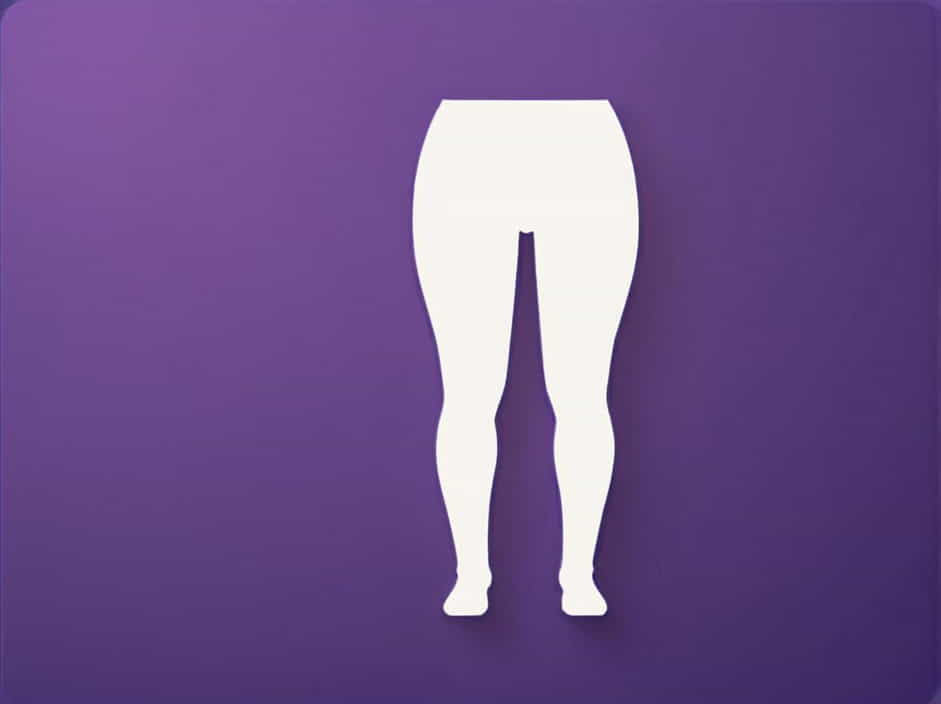The pelvic girdle is a critical structure in the human skeleton, providing support, stability, and mobility. It is composed of three main bones: the ilium, ischium, and pubis. These bones fuse together during development to form the hip bone (os coxae), which connects the spine to the lower limbs.
Understanding the anatomy, function, and clinical significance of these bones is essential for students, medical professionals, and anyone interested in human biology.
Anatomy of the Pelvic Bone
1. The Ilium
The ilium is the largest and most superior part of the hip bone. It has several key features:
- Iliac Crest – The upper, curved edge of the ilium, easily felt on the sides of the waist.
- Iliac Fossa – A smooth, concave surface on the inner side, where abdominal muscles attach.
- Anterior Superior Iliac Spine (ASIS) – A bony projection that serves as an attachment point for muscles and ligaments.
- Greater Sciatic Notch – A deep groove allowing the sciatic nerve to pass into the lower limb.
2. The Ischium
The ischium forms the lower and back part of the hip bone. It supports body weight when sitting and includes:
- Ischial Tuberosity – A roughened area that bears weight when sitting and serves as an attachment for the hamstring muscles.
- Ischial Spine – A pointed projection that separates the greater and lesser sciatic notches.
- Lesser Sciatic Notch – A small groove allowing passage of nerves and tendons.
3. The Pubis
The pubis is the anterior part of the pelvic bone and plays a key role in pelvic stability. Key features include:
- Pubic Symphysis – A cartilaginous joint connecting the left and right pubic bones.
- Superior and Inferior Pubic Ramus – Bony extensions that connect the pubis to the ischium and ilium.
- Obturator Foramen – A large opening allowing nerves and blood vessels to pass through.
Functions of the Ilium, Ischium, and Pubis
1. Structural Support
- The pelvis supports the weight of the upper body when standing and sitting.
- It serves as a foundation for the attachment of muscles involved in movement.
2. Movement and Locomotion
- The hip joint, formed by the acetabulum (a fusion of ilium, ischium, and pubis), allows for flexibility and movement.
- Muscles attached to these bones enable actions such as walking, running, and jumping.
3. Protection of Internal Organs
- The pelvic cavity houses and protects vital organs, including the bladder, intestines, and reproductive organs.
4. Childbirth in Females
- The female pelvis is wider and more flexible to accommodate childbirth.
- The pubic symphysis and sacroiliac joints loosen during pregnancy to allow for delivery.
Clinical Conditions Related to the Pelvic Bones
1. Hip Fractures
- Common in elderly individuals due to osteoporosis.
- Typically involves the iliac crest, ischial tuberosity, or pubic rami.
- Treatment includes surgery, physical therapy, and pain management.
2. Pelvic Inflammatory Disease (PID)
- An infection that can affect the pelvic bones and surrounding organs.
- Can cause pain, infertility, and complications in pregnancy.
- Treated with antibiotics and medical intervention.
3. Pelvic Misalignment
- Can result from injury, muscle imbalances, or poor posture.
- Leads to lower back pain, hip pain, and mobility issues.
- Treatment includes chiropractic adjustments, physical therapy, and exercise.
4. Acetabular Dysplasia
- A condition where the acetabulum (hip socket) is too shallow, leading to hip dislocation.
- More common in newborns and may require bracing or surgery.
Diagnosis and Imaging of the Pelvic Bones
1. X-Rays
- Used to detect fractures, joint alignment issues, and structural abnormalities.
2. MRI (Magnetic Resonance Imaging)
- Provides detailed images of soft tissues, cartilage, and ligaments around the pelvis.
3. CT Scans (Computed Tomography)
- Useful for identifying complex fractures and bone tumors.
4. Bone Density Tests
- Helps diagnose osteoporosis and assess fracture risk in older adults.
Treatment and Prevention of Pelvic Bone Disorders
1. Strengthening Exercises
- Core strengthening exercises help maintain pelvic stability.
- Hip flexor and gluteal exercises improve joint support and reduce injury risk.
2. Proper Posture and Ergonomics
- Maintaining good posture prevents pelvic misalignment.
- Using ergonomic chairs and standing desks reduces strain on the pelvis.
3. Nutrition for Bone Health
- Calcium and Vitamin D support strong bones and reduce fracture risk.
- Foods rich in magnesium, phosphorus, and protein contribute to bone density.
4. Medical Treatments
- Physical therapy for pelvic injuries and muscle imbalances.
- Medications like NSAIDs for pain and inflammation.
- Surgery for severe fractures, misalignment, or hip joint issues.
The ilium, ischium, and pubis are three essential bones that form the pelvic girdle. They provide structural support, facilitate movement, and protect internal organs.
Understanding the anatomy and function of these bones is crucial for health professionals, athletes, and individuals looking to maintain a healthy musculoskeletal system. By practicing proper posture, engaging in strength training, and maintaining good nutrition, one can promote pelvic health and prevent disorders related to the hip bones.
